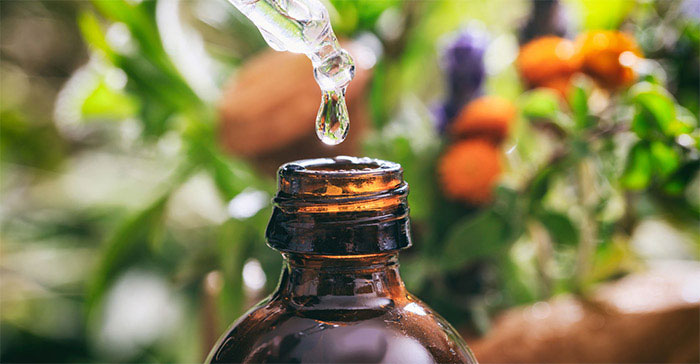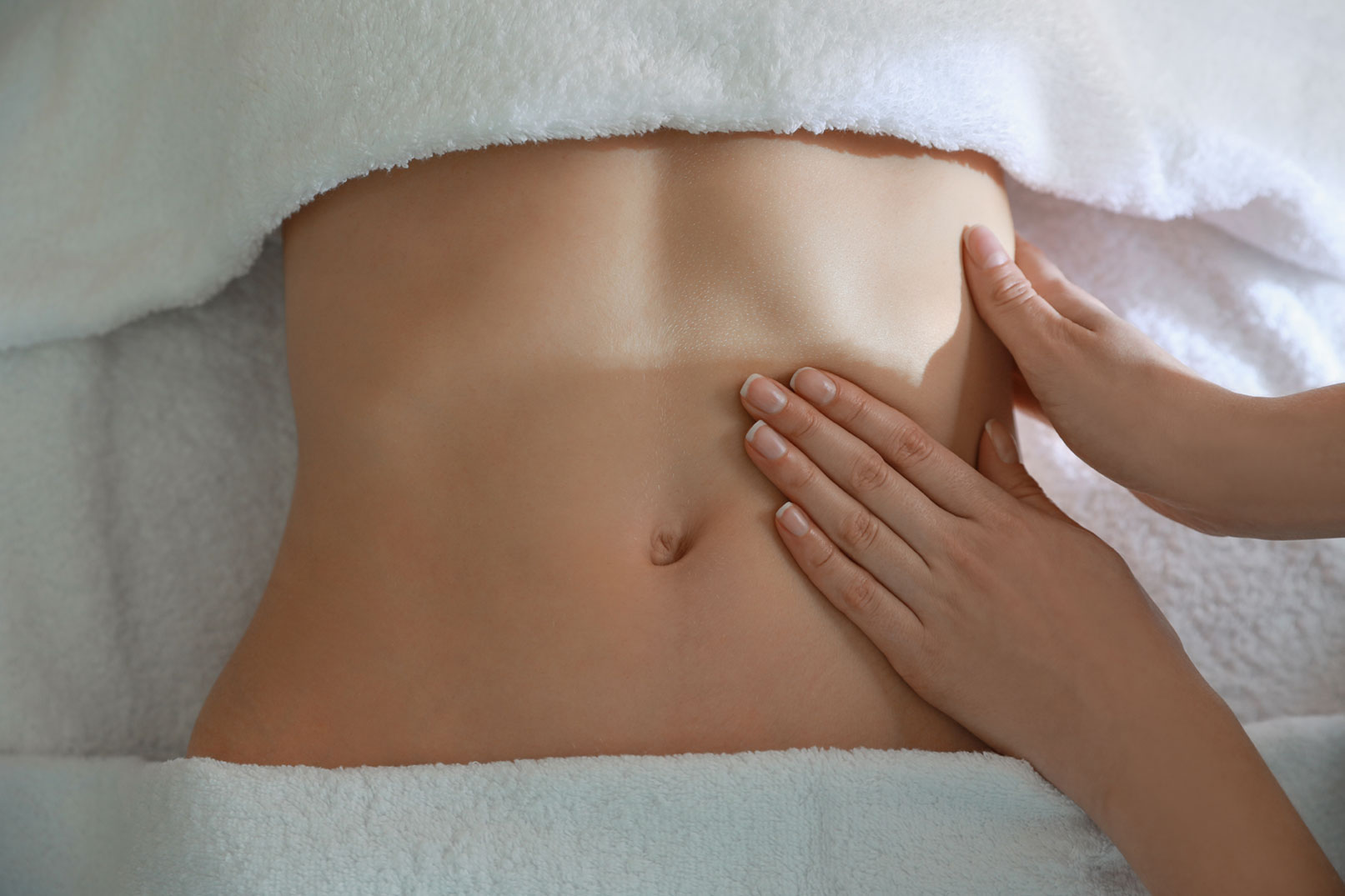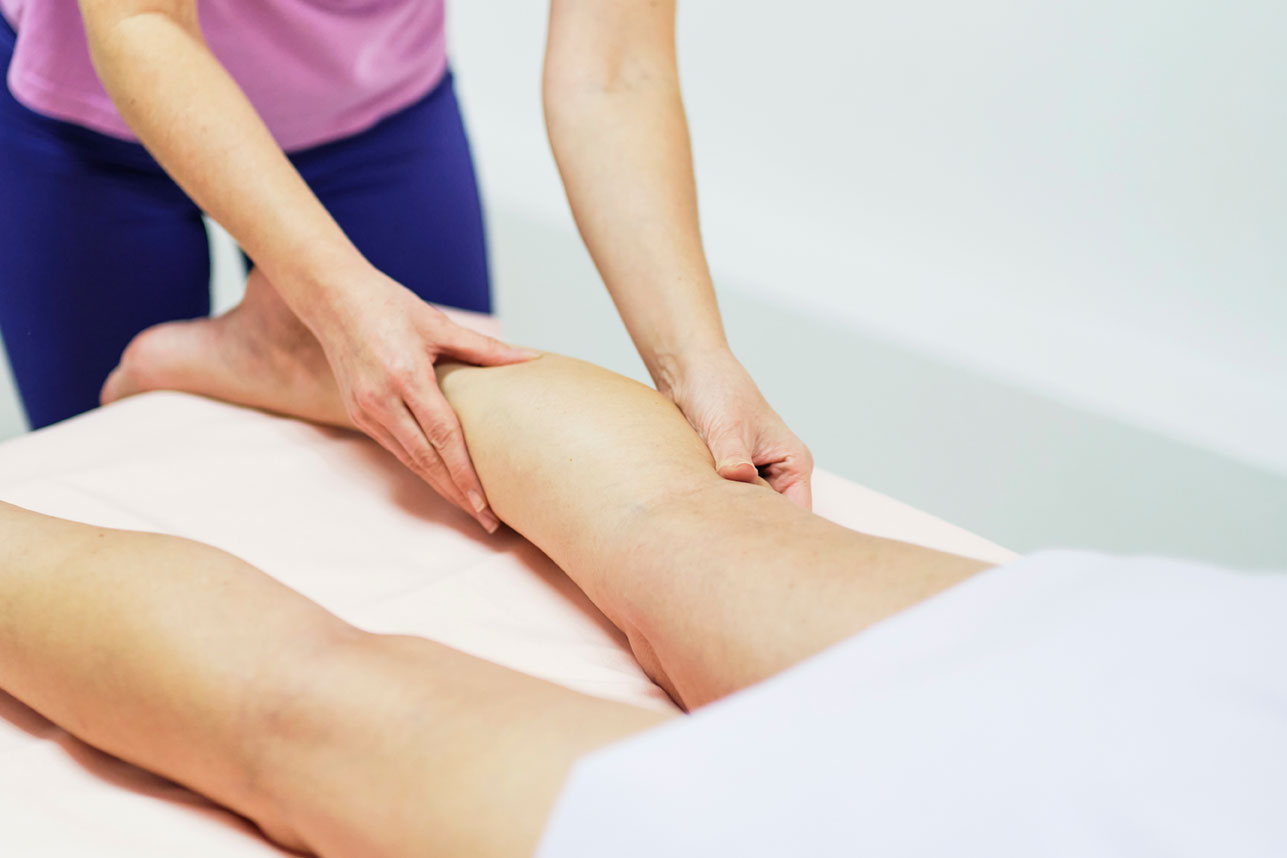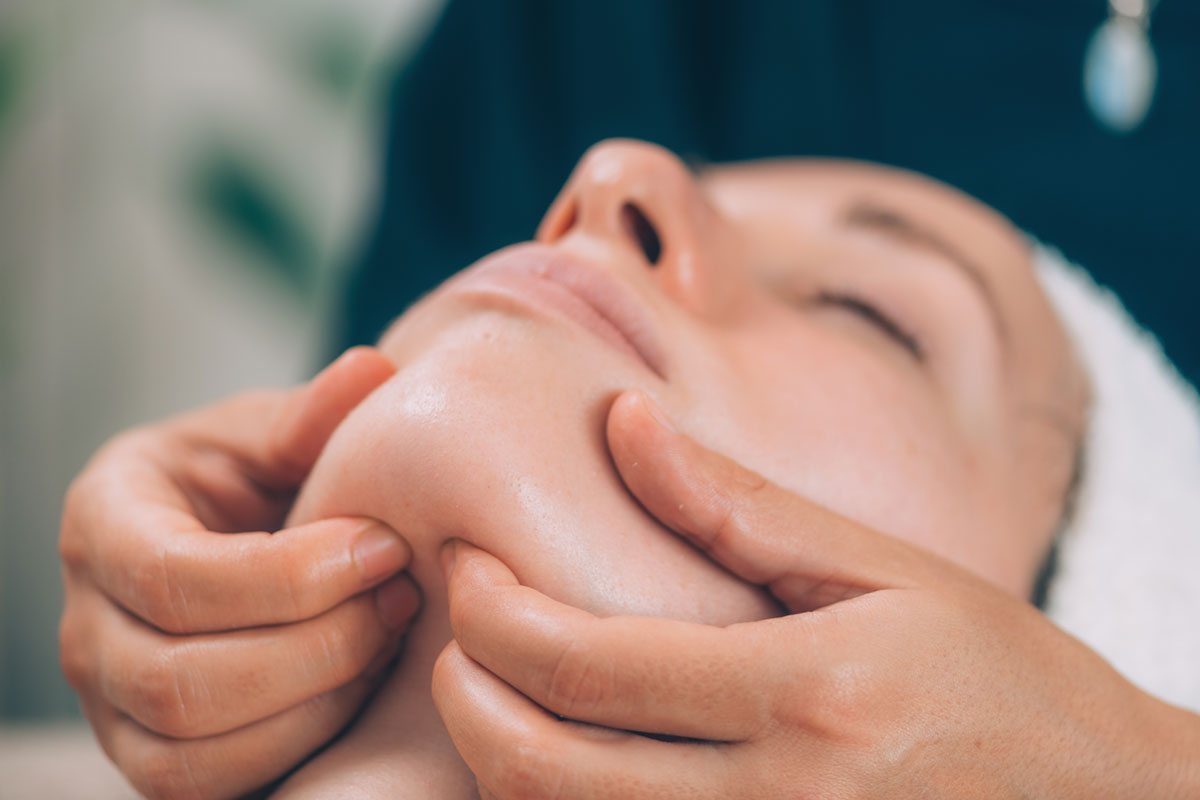
Manual Lymphatic Drainage Therapy
This is a very gentle manual treatment technique which improves the activity of the lymph vessels and nodes. This therapy can be effective in the treatment of lymphodema, post-surgical and post-traumatic swellings, sports injuries, rheumatoid arthritis and fibromyalgia. It can also be beneficial for helping with immunity problems such as glandular fever or even if you are just feeling ‘run down’. Many clients also like to have this treatment when they feel like they need some maintenance work to keep the system healthy.
Mary is member of the BLS (British Lymphology Society)

Is this a trendy new therapy?
No, not at all. Early civilizations knew about the almost clear (lymphatic) fluid in the body but believed it to be part of the blood. Greek scientists recorded the existence of lymph vessel but also thought these were part of the venous system. Since these times many discoveries have been made about the lymphatic system and how it works. Probably most famous was Emil Vodder and his wife Estrid who in the 1930’s developed a precise structures technique for draining oedemas helping with sinusitis and acne. More recently Swiss Dr Kubrick discovered ‘lymphatic watersheds’ thus clarifying the directions in which to work with the lymph vessels and their fluid when draining manually.
Today, in most parts of the western world, the value of the lymphatic system and the role of manually applied lymphatic drainage is becoming recognized.
What is the lymphatic system?
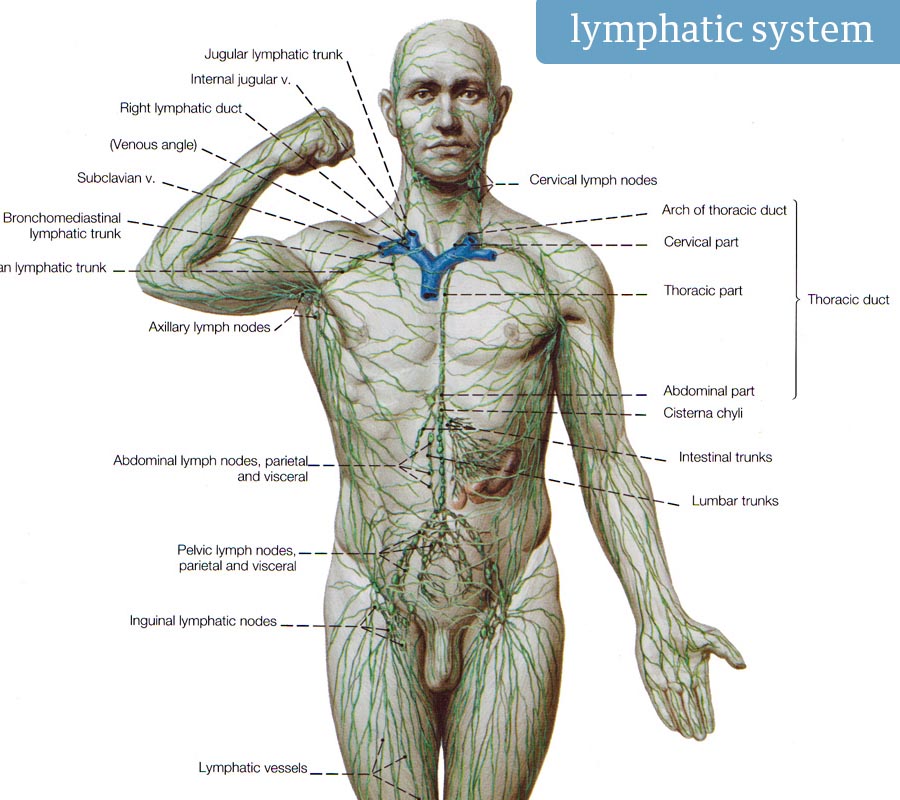
The lymphatic system is a major system of the body. It is a transport and waste disposal system. The lymphatic system is another system (as well as blood) by which fluid or LYMPH is returned to the heart. It consists of many vessels making a map of watery channels which flow throughout the soft tissues and lymphatic vessels.
DID YOU KNOW THERE IS MORE LYMPH THAN BLOOD IN THE BODY?
The lymphatic system carries more fluid than the blood system:
6 – 10 litres whilst the blood system amount to 3.5 – 5 litres.
70% of lymph is flowing in the superficial areas of our bodies which is why the lymphatic drainage is so light.
Lymph is 96% water but it contains a number of other products such as minerals, B and T lymphocytes, toxins, macrophages, hormones, carbs, proteins, fatty molecules, dead cells, bacteria, dust, food additives, chemicals and other foreign bodies.
Lymphatic pathways are located throughout the body. For this reason any true lymphatic drainage therapy should address both the nodes and the vessels which make up the lymphatic system.
What are the benefits of manual lymphatic drainage?
* It can increase B and T lymphocyte production to help fight infection and foreign bodies and so can improve your immune system.
* It can help lymph to flow through the nodes where they filter and purify and fluid through the node is cleansed. The system can become ‘sluggish’ as there is no real pump for the lymph to flow (like the blood has the heart to pump it around).
* It can help drain a range of oedemas (swellings) that are caused through mechanical failure of the lymphatic system or through the things we put our body through, when our system is overwhelmed.
How does Manual Lymphatic Drainage work?
The hands are the only tools used in Manual Lymphatic drainage. It has a very different touch to any other manual modality and this touch is extremely important to the effectiveness of the techniques and outcomes.
It is very gentle with smooth and precise hand movements targeted very specifically on the nodes and lymph vessels. The movements follow the body’s natural lymphatic pathways and watersheds in a learned pattern. It is a slow, gentle and light and thus is extremely relaxing therapy. There are also deep drainage techniques for example for the abdomen and for the deep circulation of lymph.
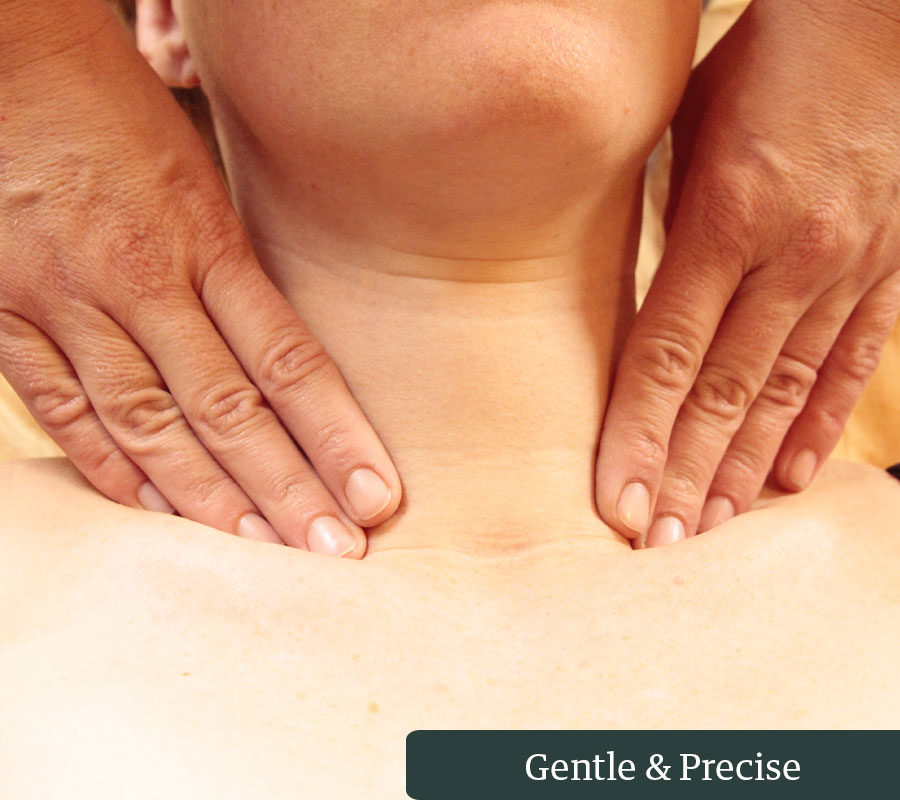
Give Mary a call and discuss and answer your questions
Book an Appointment
